Saguenay Fjord National Park is a Québec Provincial Park. It is located about 3 and a half hours past Quebec City along the St. Lawrence River.
What is a Fjord?
A fjord by definition is a long, narrow inlet with steep sides or cliffs, created by glacial erosion.
The Saguenay Fjord connects to the St. Lawrence River between the communities of Baie Sainte Catherine and Tadoussac. Route 138 is interrupted here and there is no bridge, instead, a free 10-minute ferry ride connects the two segments of route 138 enabling vehicles to cross the fjord. All vehicles fit. When I was researching for the trip I wondered if there were any vehicle size restrictions. There are not. Even transport trucks fit on.
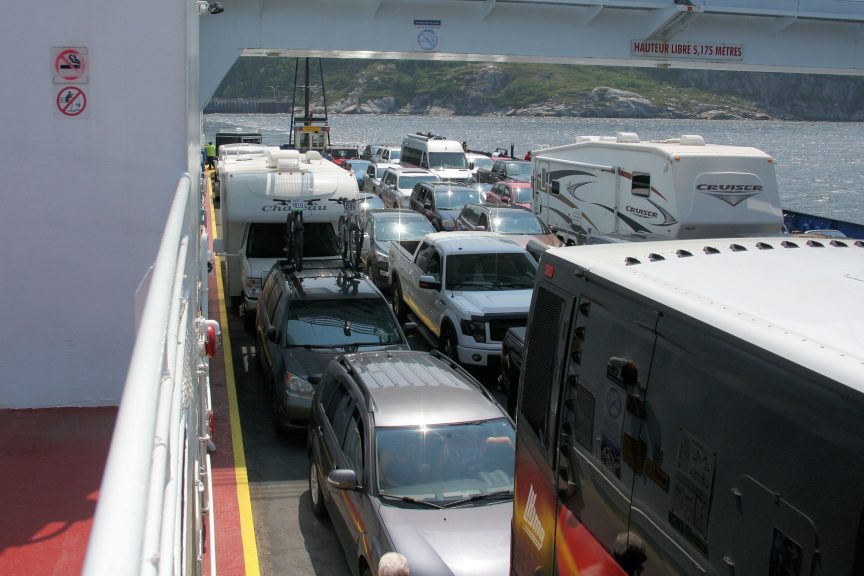
This is Quebec and all signs are in French only. I am Canadian and the country has been bilingual since 1969 and all the French I know has come from the back of the cereal boxes I have read while eating my breakfast, so don’t let the French intimidate you. There are a few things you should know though, to avoid further confusion.
Things to know:
1.Parc Marin Du Saguenay-Saint-Laurent (Saguenay-St. Lawrence Marine Park) is not the same thing as Parc National du Fjord-du-Saguenay (Saguenay Fjord National Park). The Marine Park is actually a Canadian National Park that is there to protect a purely marine environment. The water in the fjord and all creatures that live there are protected by the Marine Park.
Saguenay Fjord National Park is the provincial park that encompasses the land along the edge of the fjord. In Quebec, Provincial Parks are called National Parks and actual Canadian National Parks are also called National Parks. If you want to make camp reservations you need to book through Saguenay Fjord National Park. This does get confusing especially with the signs being in French. For the purpose of this review, I am focusing specifically on the Saguenay Fjord National Park.
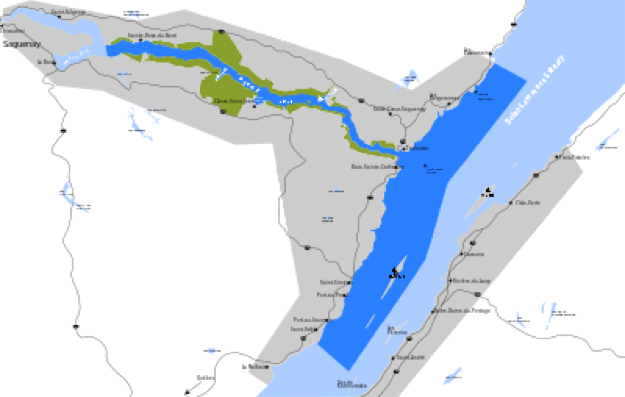
(This map shows the dark blue as the Saguenay-St. Lawrence Marine Park and the green around it as the Saguenay Fjord National Park.)
- There are 2 camping areas in Saguenay Fjord National Park. These camping areas are called sectors. There is the Baie Ste Marguerite sector and the Baie Eternite sector. Within each sector, there are smaller campground areas. These sectors are on opposite sides of the fjord. To travel from one to the other you would have to cross on the ferry again and drive approximately 60+km each way. I am not going to discuss the Baie Eternite sector because I did not go there. I honestly think you have to look at the 2 sectors as practically separate parks -except for 1 crucial thing- the dump station. There is only one dump station and it is in the Baie Eternite sector. I will address this in a minute.
We stayed at site #41 in Le Bleuvet campground in the Baie-Sainte-Marguerite Sector.
Site Review:
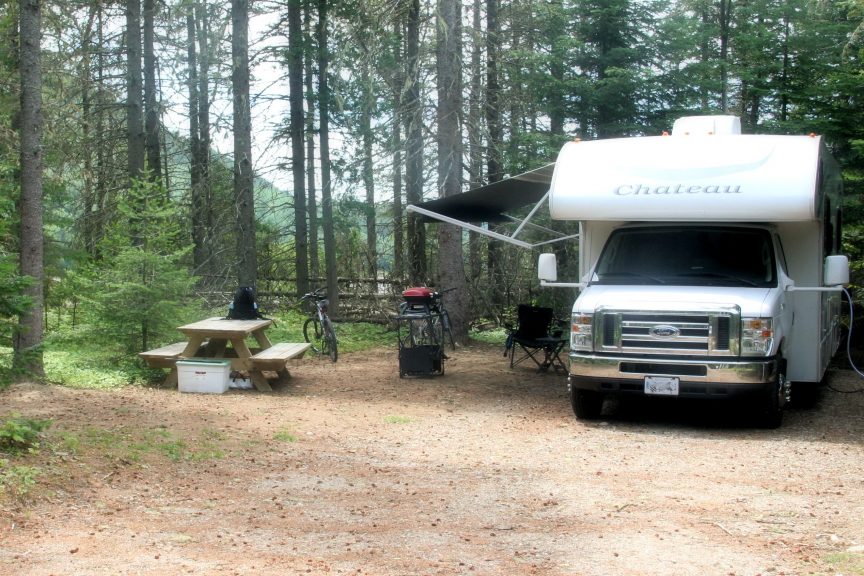
There are about 50 campsites serviced with water and electric. All are spacious, have good privacy and are level. They have picnic tables and fire rings. The best sites are #37, #39, #41, #42, and #44.
Through the trees you can see the bay; however, there is no waterfront accessibility. It is a steep and heavily wooded decline down to the water. There is a path between site #44 and #46 that provides access and will also take you to the Visitor’s Centre and to the Lookout trail. There are no pets allowed at Quebec national (provincial) parks.
Update: Dogs are now allowed in some Quebec parks on a very restricted basis. There are very specific rules. They are not allowed at all campgrounds and not on all the campsites even if the campground does allow them. Additionally, there are restrictions on where you can go with your dog- many of the hiking trails are off-limits. Check here for more park-specific information. Currently, pets are still not allowed in the Baie-Sainte-Marguerite Sector at Saguenay Fjord National Park.
Fees:
There is a daily per-person Quebec National Parks entry fee on top of the daily camping fee. It is $9.25CAD pp/day for adults 18 and over (children are included under the adult pass). For us, that added $18.50 per day to our camping fee. It is automatically added when you book your site. It brings the total for camping to almost $70 CAD per night. This is expensive compared to Ontario Provincial Parks and American State Parks, but I have paid more at private parks and KOAs, so it’s a perspective thing.
Sanitation Dump Station:
There is no dump station in the Baie Ste Marguerite sector of Saguenay Fjord National Park and this is an annoyance. There is however a free public dump station in the village of Sacré-Coeur.
When you exit the campground and are heading back to Route 138 via Highway 172, you will drive right through Sacre-Coeur. It is about 10km (6 miles) after you exit the campground. The dump station will be on your left. It is at the back of the church parking lot. (There is only one church). It’s to the left of the house (rectory) near what I believe might be some sort of municipal building with flags on the roof. You have to look for it. It is not well marked, but it is there. If you go to Google Street View and zoom in you can see the green hose and blue sign.

(This is a view of highway 172 approaching the church on your left coming from the campground)
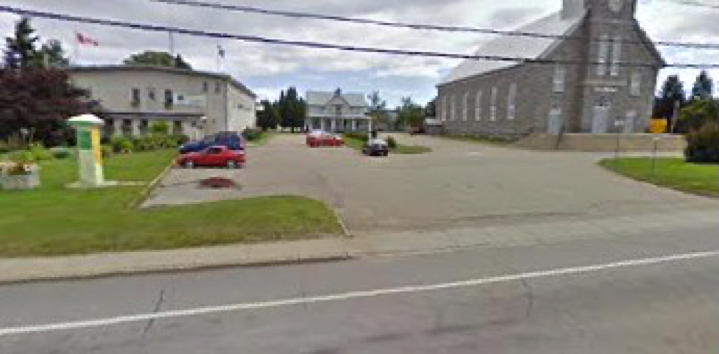
(Turn into this parking lot. The dump station is at the back to the left of the house)
Activities:
Belugas:
The primary activity in this sector of Saguenay Fjord National Park centres around the Beluga whale population that frequent the Bay. Belugas typically live in the Arctic but there is a population, of less than 900, that live year-round in the St. Lawrence River. In the summer, the Belugas come to the fjord to take advantage of the relatively warmer water to give birth and raise their young. They particularly like the Baie Ste Marguerite area because of the protection the sheltered bay offers.
Le Beluga Discovery Centre:
Le Beluga Discovery and Visitor’s Centre is located in the campground down by the water. You will find it at the beginning of the trail that will take you out to the Halte de Beluga Lookout. The Centre offers a nice little overview of the history of the Belugas in the area and the efforts that are underway for their conservation. There is also a small gift shop and snack counter.
The Path to the Lookout:
The wide well maintained multi-use path will take you to the Lookout. It is approx. 3 km (2 miles) long. We rode our bikes and with the exception of one steep hill near the end, it was relatively flat and easy to navigate.
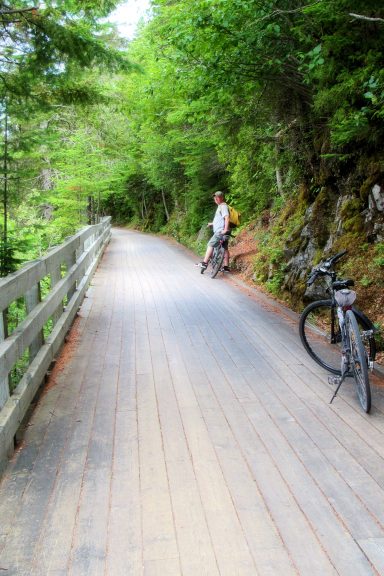
We went around 9 in the morning and the water was calm, there was no problem spotting the Belugas even from the path before we got to the Lookout.
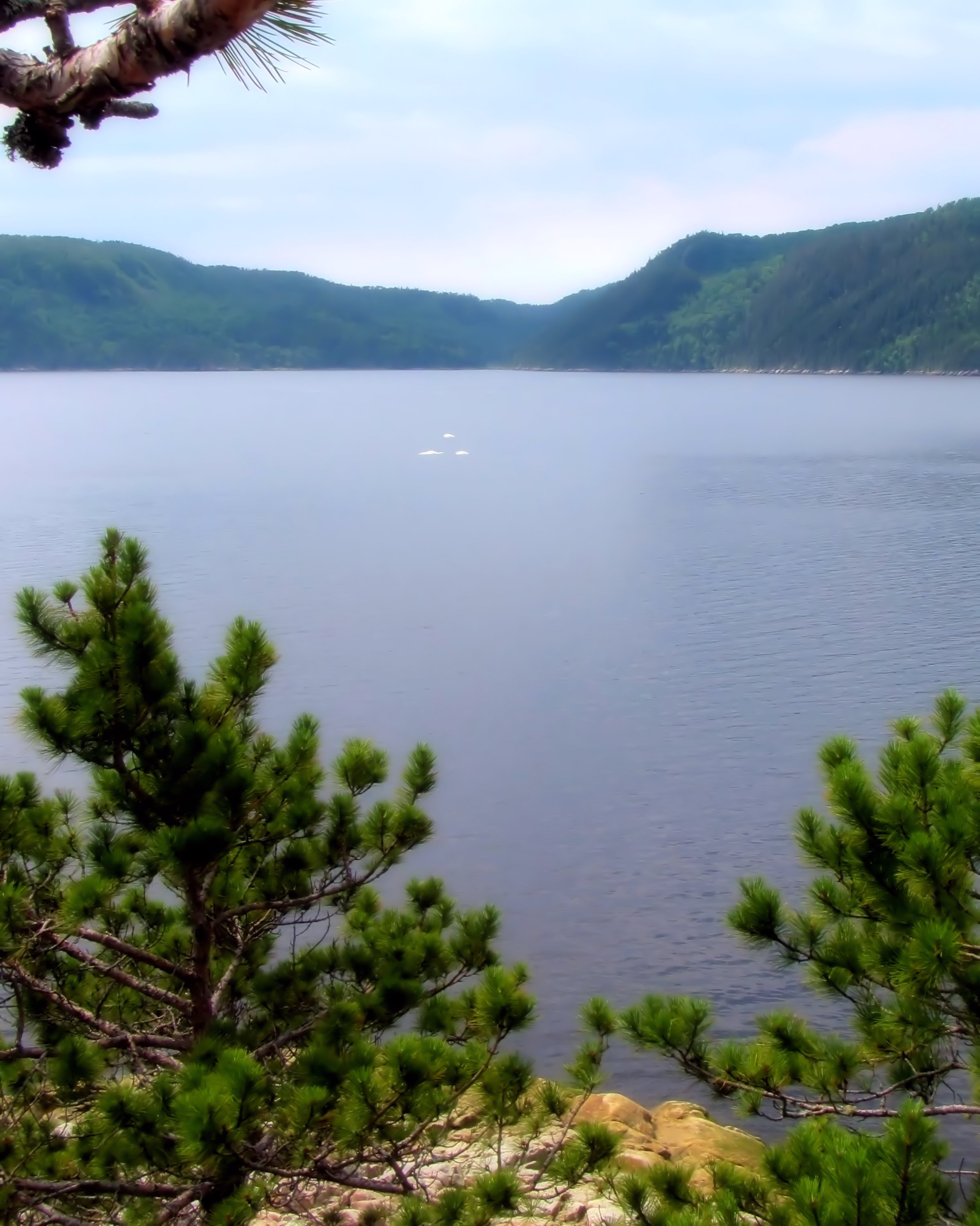
Lookout:
There was no one at the Lookout when we got there and we were alone for about an hour before anyone else showed up- just watching the Belugas and listening to them exhale from their blowholes, and to their clicks, whistles and squeaks as they slowly moved around the bay feeding.
Around 11 am a park ranger showed up and did speak English. She was quite informative about Beluga’s behaviour. You can climb down from the Lookout at low tide and walk along the beach.
The key to a good Beluga-watching experience is the calmness of the water. We went multiple times to the Lookout during our stay and when the water was rougher and had white caps, the Belugas were impossible to spot.
Whale watching:
Another activity that I would highly recommend is going to the nearby town of Tadoussac (where the ferry is) and booking a Zodiak whale-watching trip.
There are a few companies to choose from. We went with Croiseres AML but I have no reason to believe they were any better or worse than any of the others in town. It’s about $110CAD pp for a 3-hour cruise.
The St. Lawrence River is unique in that the freshwater of the river mixes with the cold saltwater from the Atlantic Ocean and creates the perfect environment for the production of whale food. This is the only reasonably accessible place on the planet to see the really big whales- the Blue whale and the Fin whale especially. There is lots of information out there about the types of whales you might see – it seems that every whale knows about the smorgasbord to be had in the river. I wanted to see a Blue whale.
We encountered Belugas!
And then the Minke Whales!
And then the Fin Whales!
And then the seals!
I did not see a Blue whale on this excursion but that was just the luck of the day because they are certainly there. There were whales everywhere. We went in the middle of July and I don’t know how you wouldn’t see one. Be conscientious of the roughness of the water though. When the water is rough it is more difficult to spot them. I was very happy with the experience and certainly felt I got my money’s worth!
Scenic Drive:
Another activity (also whale-related), is to take a drive along route 138 which is known as the whale route (or Route des Baleines). 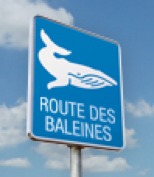
There are many stops along the way where you might observe the whales from shore. We stopped at a few places but did not have any luck seeing any.
Kayaking:
There are also places where you can rent kayaks and go on excursions of various lengths. The advertising signs lure you to sign up for their tours and kayak amongst the whales on the St. Lawrence River. I am skeptical as to how likely it really is that you would be kayaking and actually have any kind of encounter with a whale though. The whales we saw on the Zodiak were out in the middle of the river; here you would be kayaking closer to shore.
Do whales come close enough to shore so that you can see them?- Yes, they sometimes do.
How often does that happen when a kayak group is right there?- I don’t know.
There are a lot of rules about how close to a whale you can actually get. The whale would literally have to swim to you. The kayak groups we saw were large and spread out. So let’s just say I have my doubts about how often they actually have the experience they advertise in their photos.

Kayaking at Baie Ste Marguerite:
If you were thinking of heading out from the campground and kayaking amongst the Belugas at Baie Ste Marguerite within Saguenay Fjord National park, I would first do some extra research. It does look like there are kayak campsites on some of the islands in the Fjord. However, there is a ban from entering the Baie with any kind of boat between June and September, in order to protect the whales and their babies.
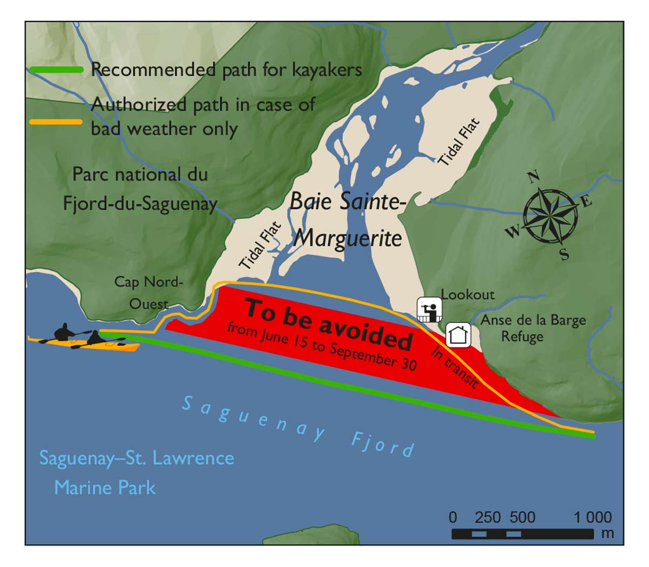
More Things to Know:
- This area, even during the middle of the summer, is not overly busy. We didn’t book ahead for the Zodiac Whale Tour because I was waiting to see what the weather would be like. We had no problem getting a tour.
- The town of Tadoussac is picturesque and it is nice to take a walk around.
- There is a small Marine Mammal Interpretation Centre (CIMM) that would probably provide some interesting information. There is an entrance fee.
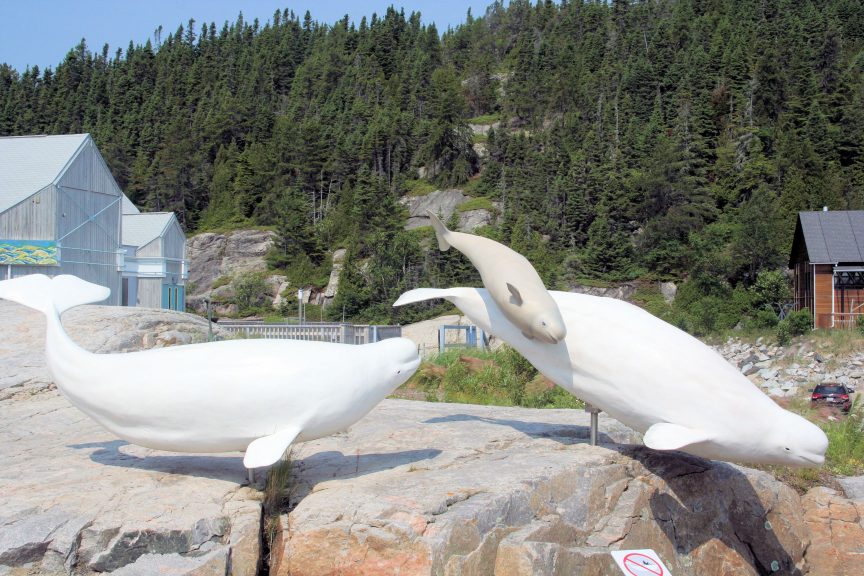 That, along with a few touristy shops with the usual postcards and T-shirts, is about all there is to do here. It is quaint and unspoiled.
That, along with a few touristy shops with the usual postcards and T-shirts, is about all there is to do here. It is quaint and unspoiled.
IMO:
This place is fantastic! It is worth navigating around the French language, figuring out the various fees, and searching for the dump station. To observe the Belugas for hours, to see the giant whales, or to simply breathe and appreciate the raw nature of the area is rejuvenating and frankly, I think this place should be on everybody’s Bucket List! I definitely recommend Saguenay Fjord National park as an RV Place to Go!

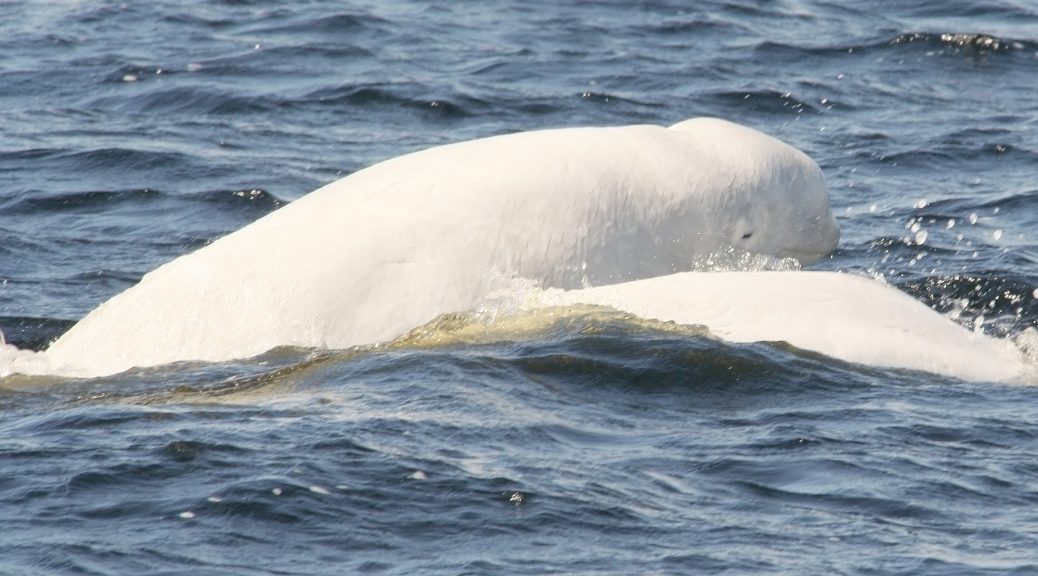
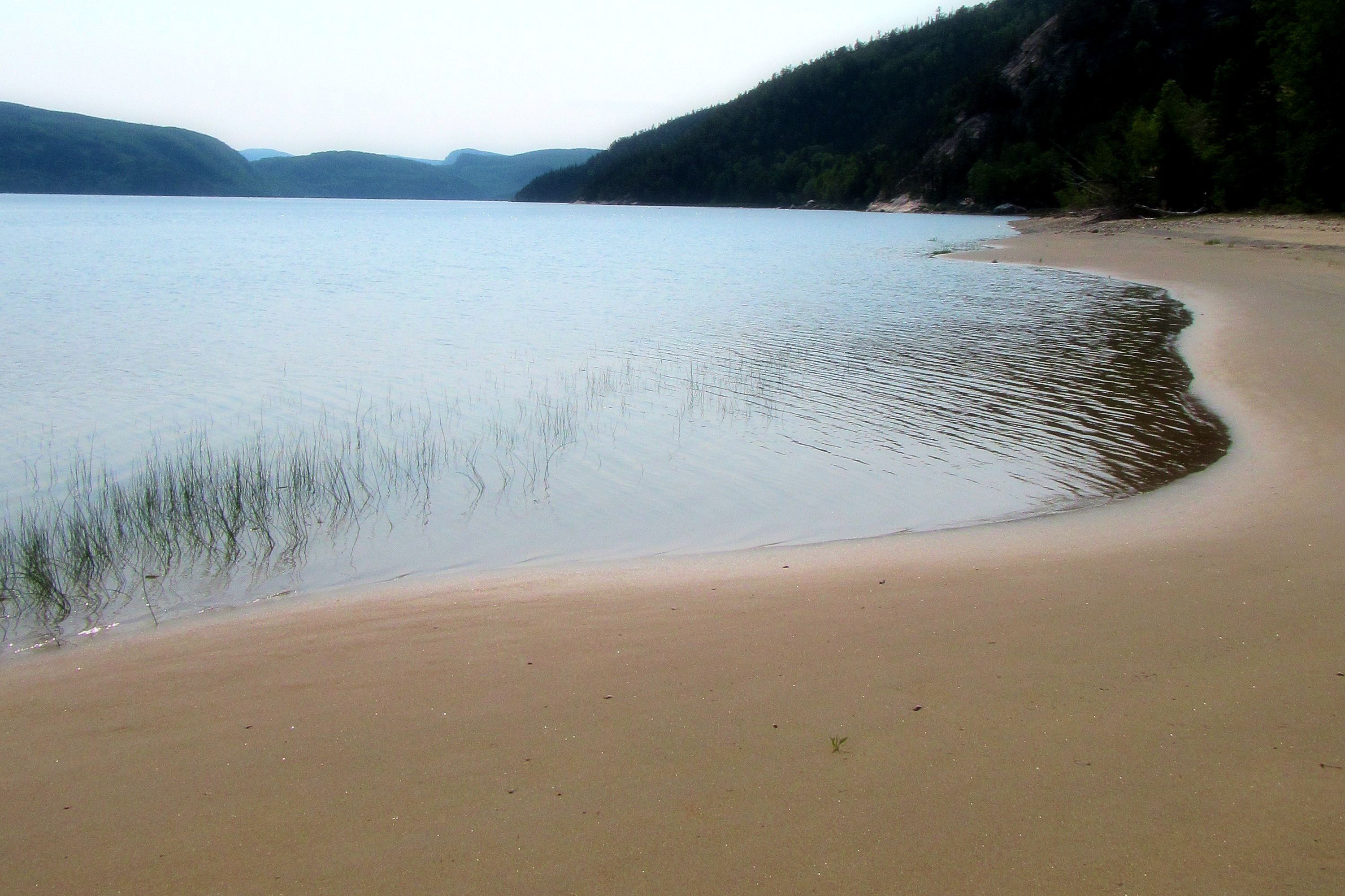
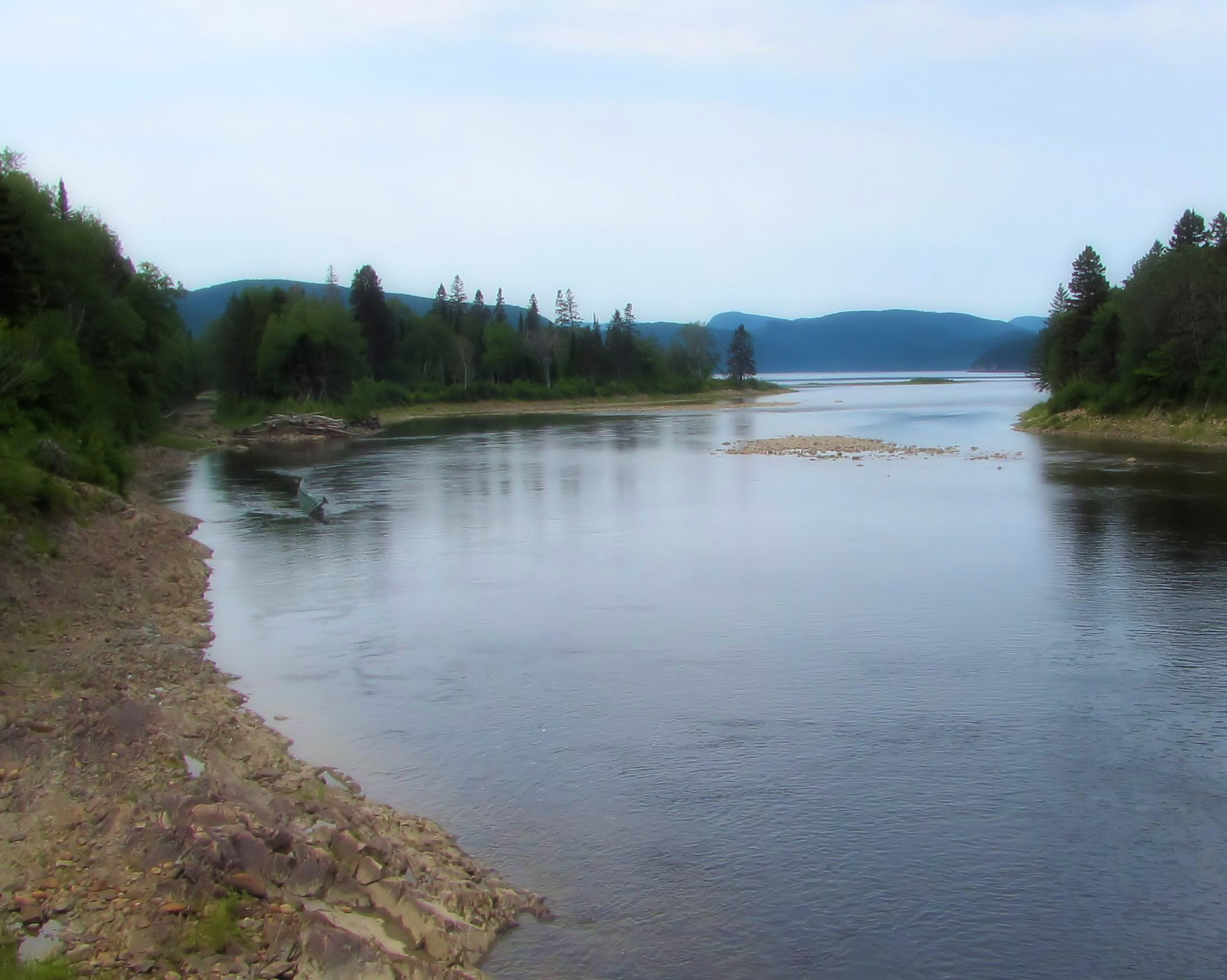

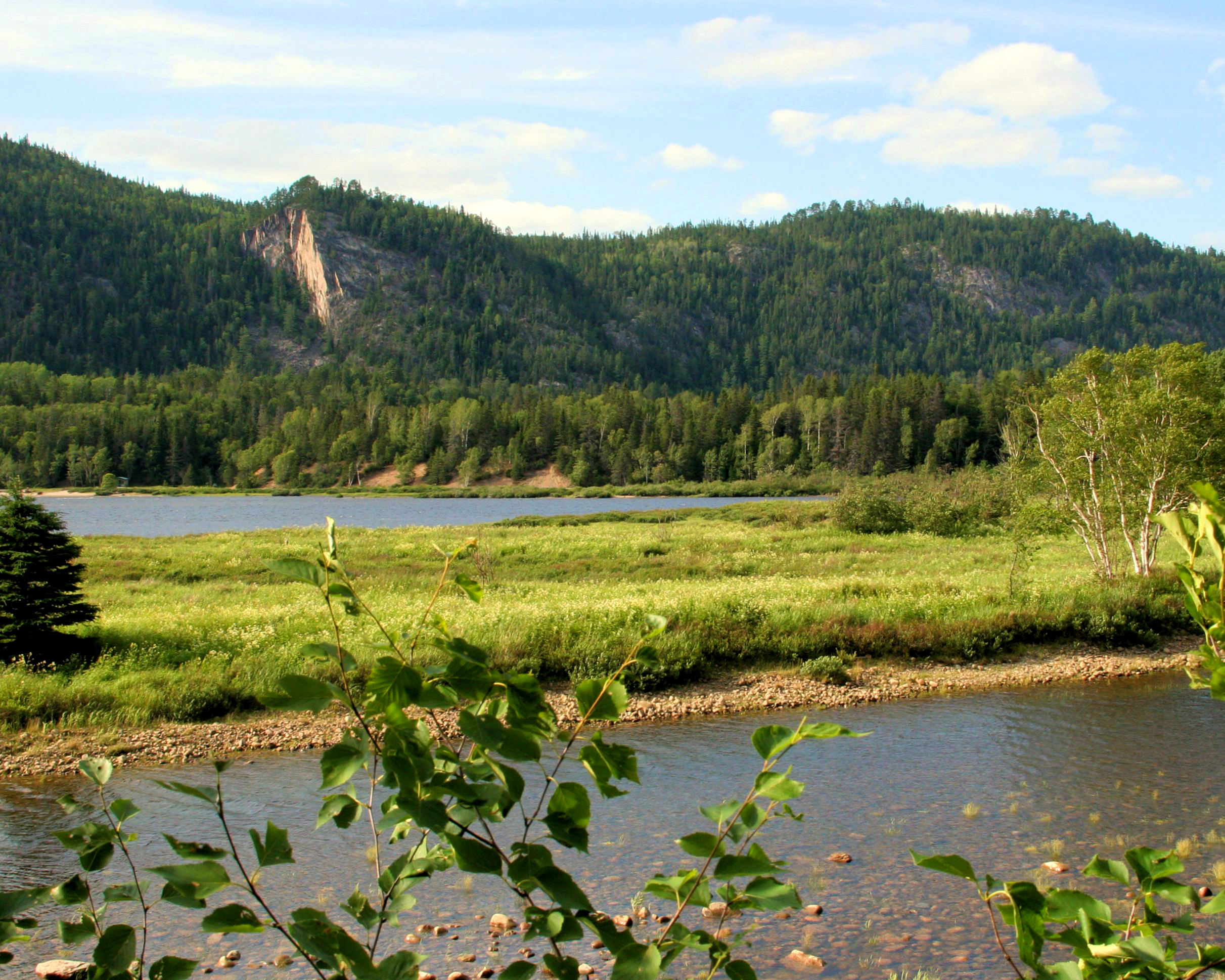


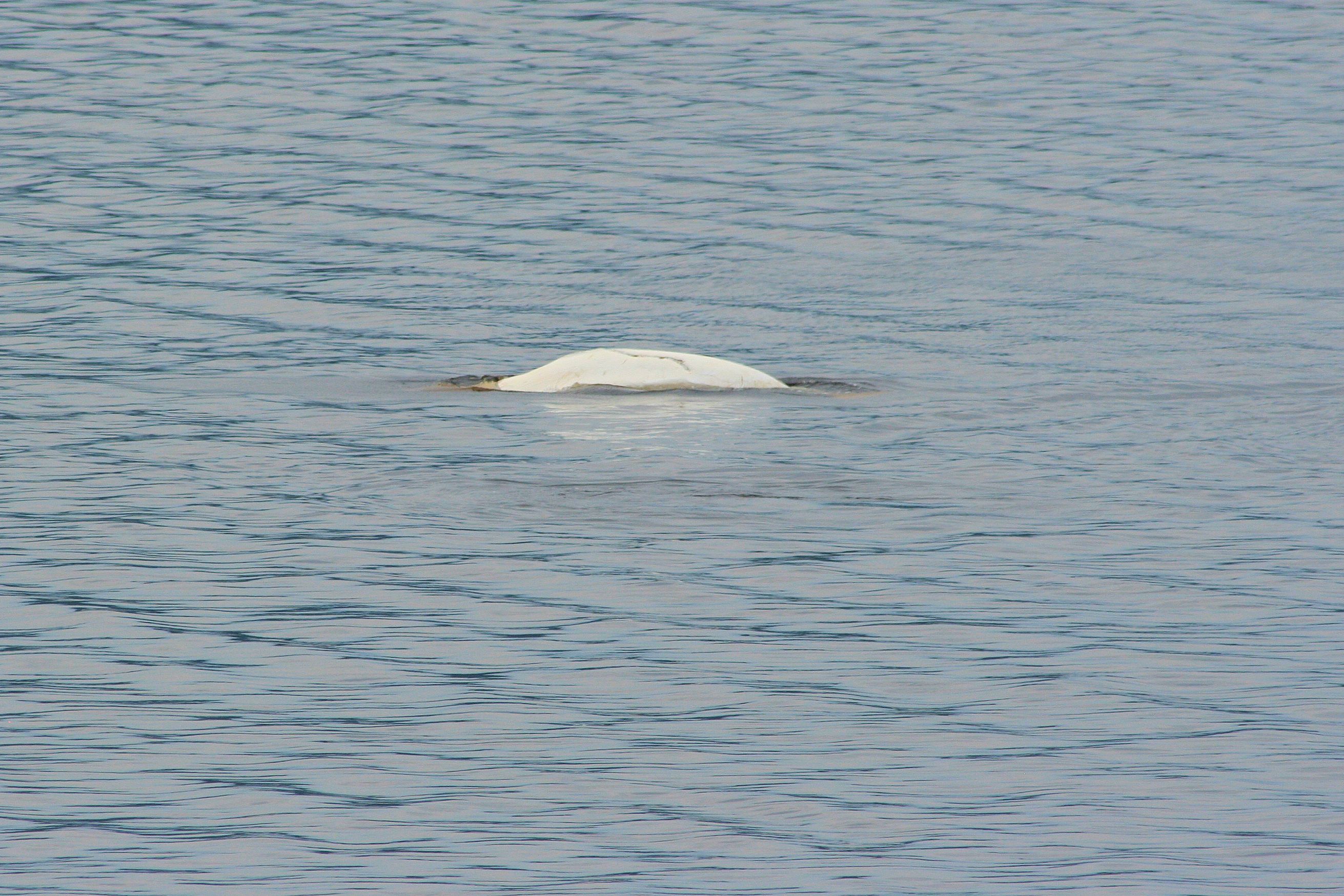
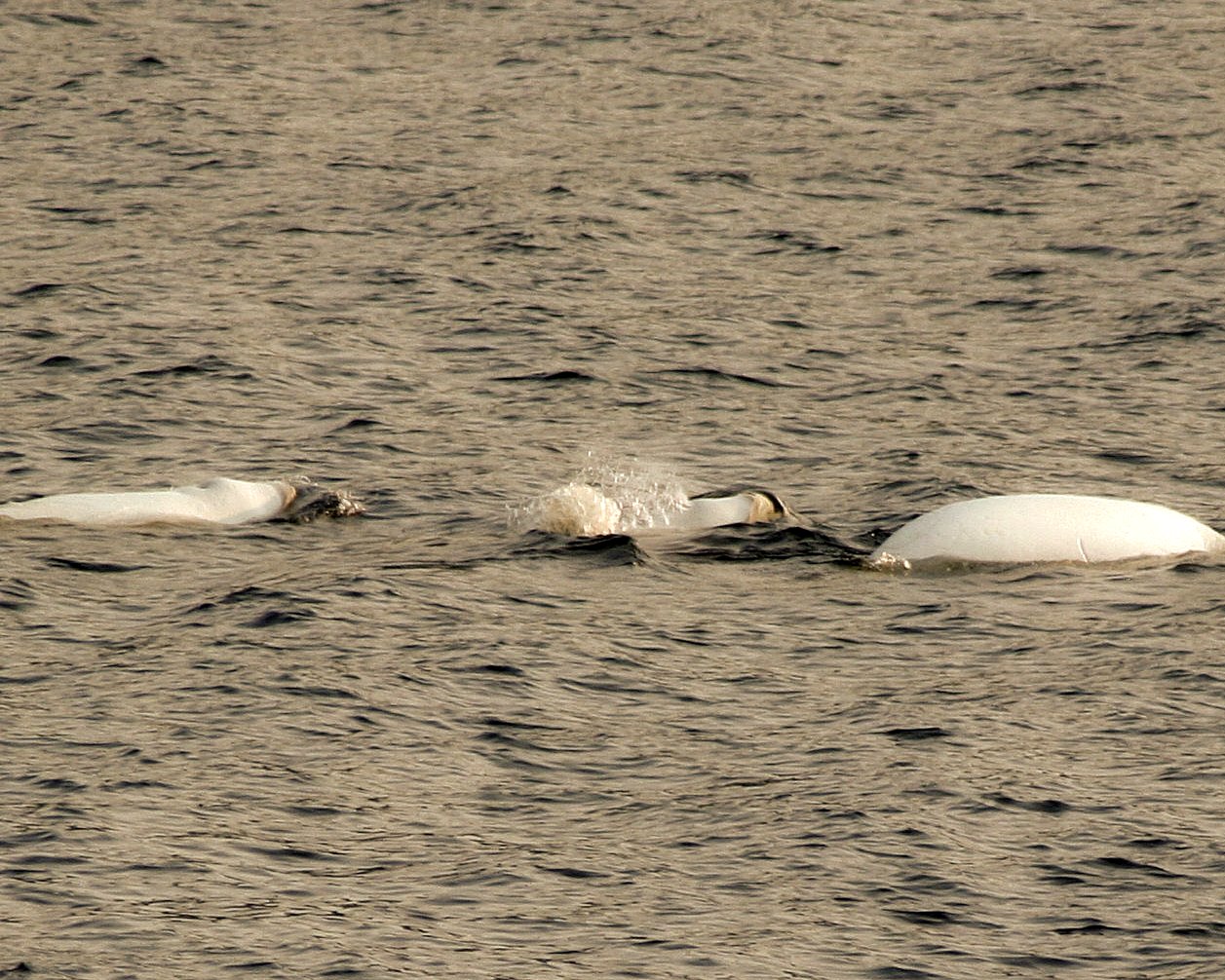
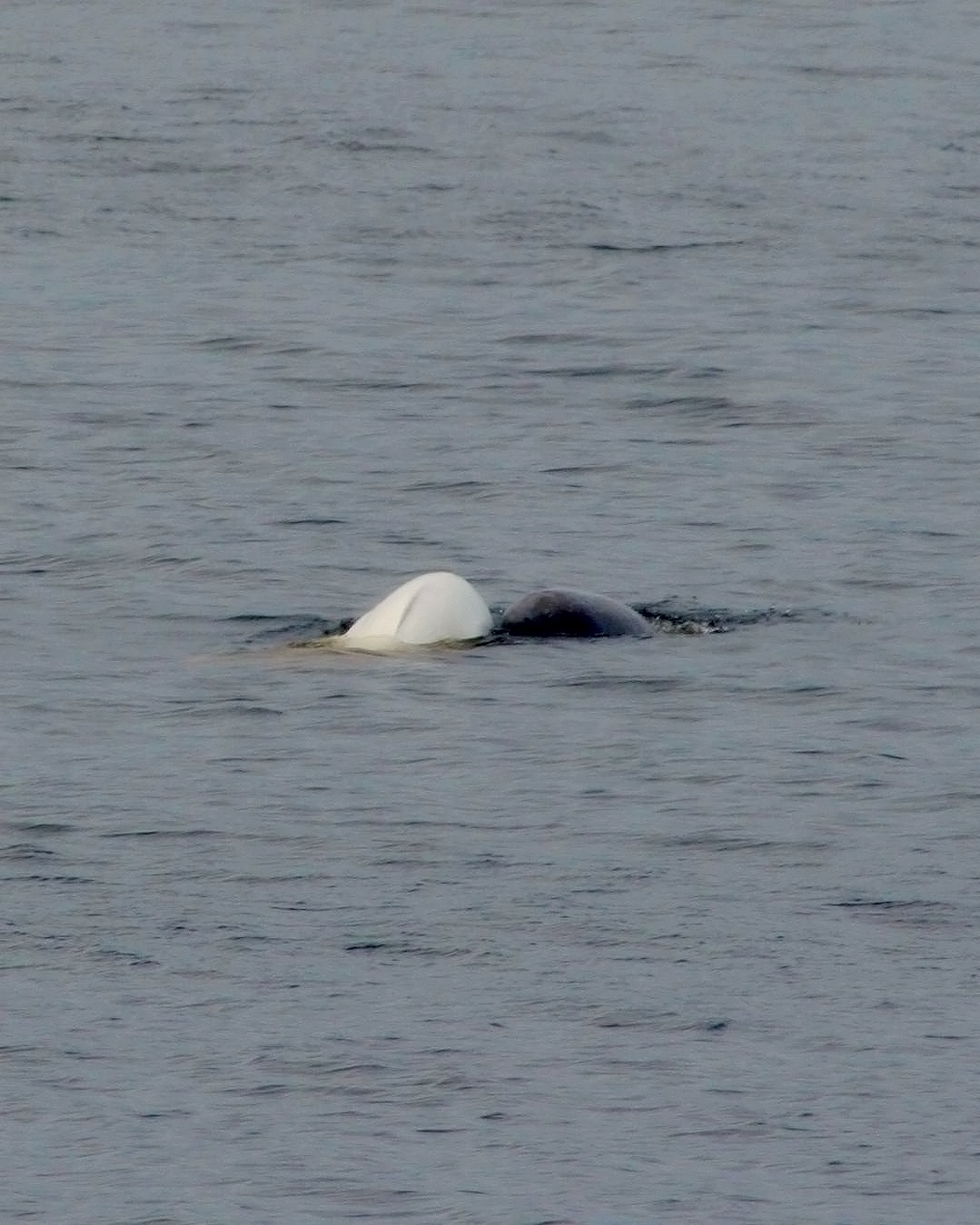
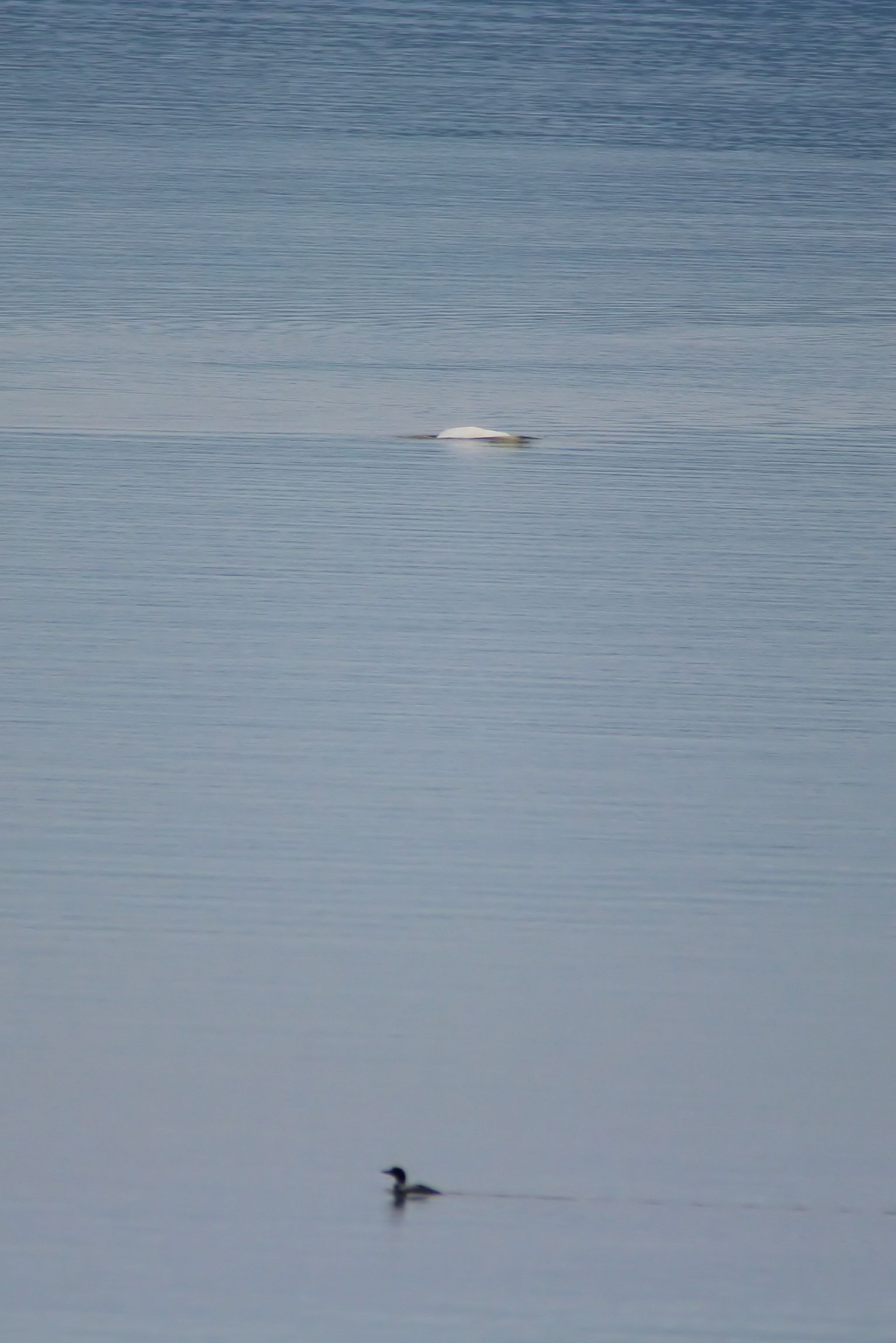
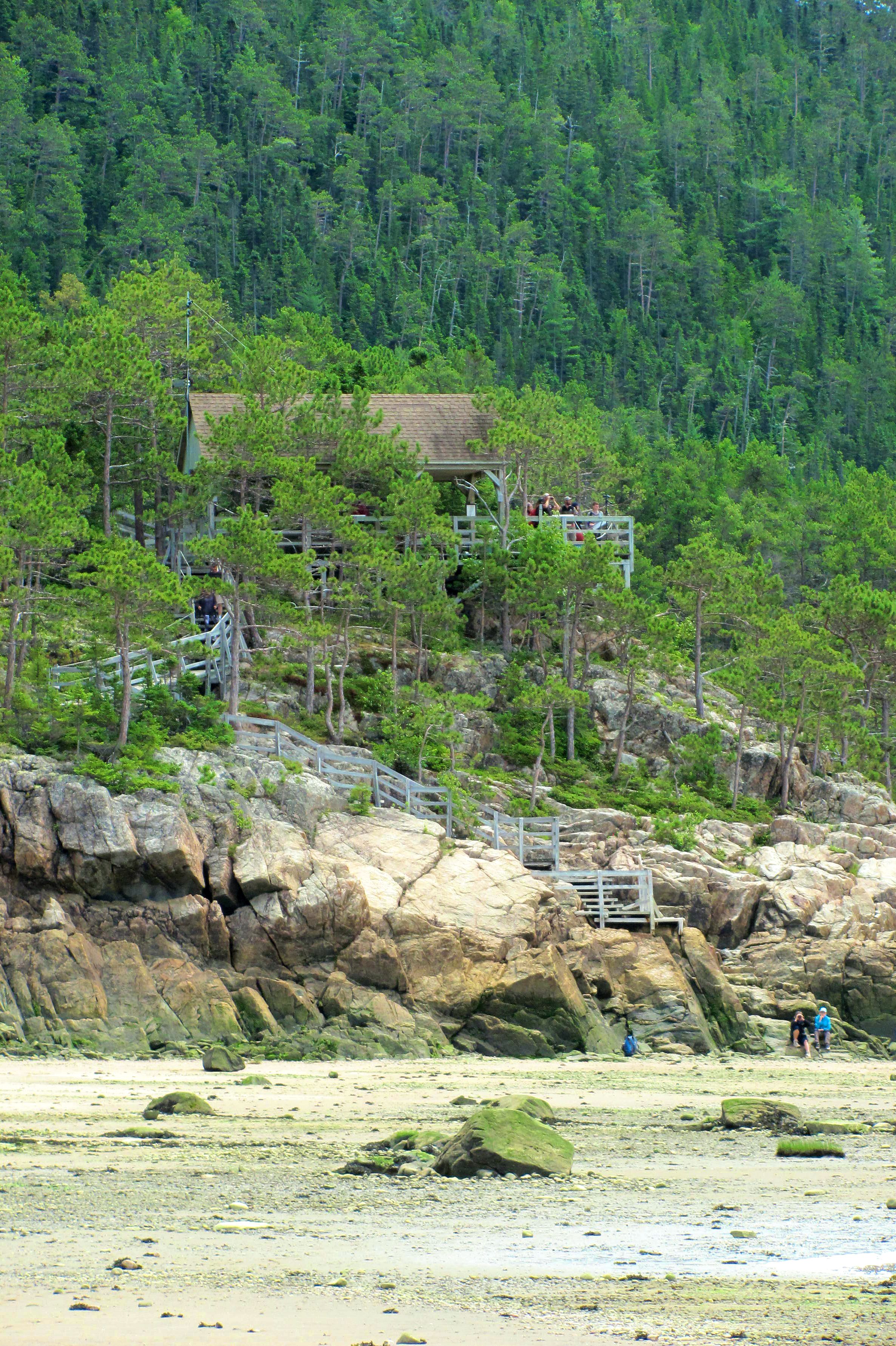

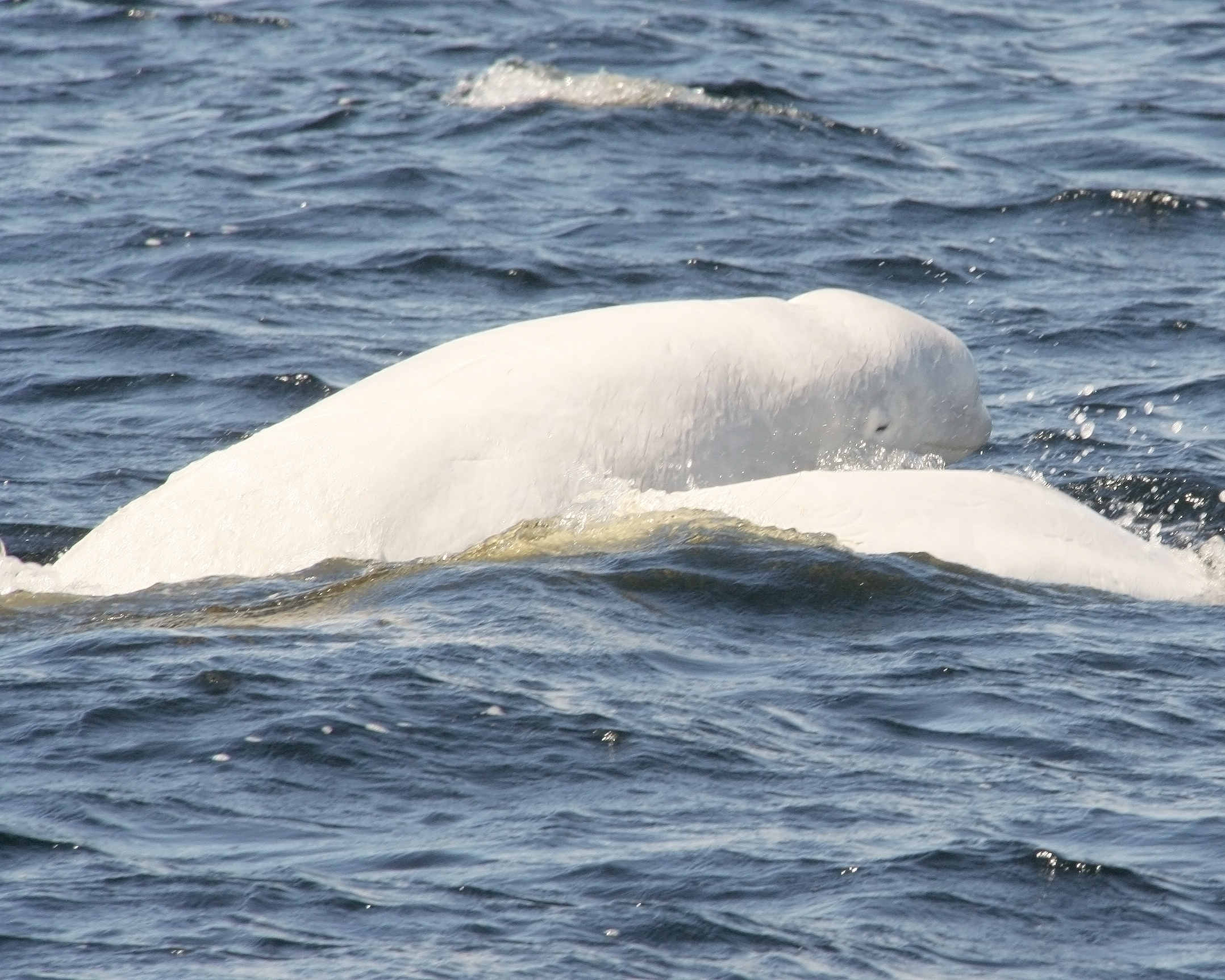

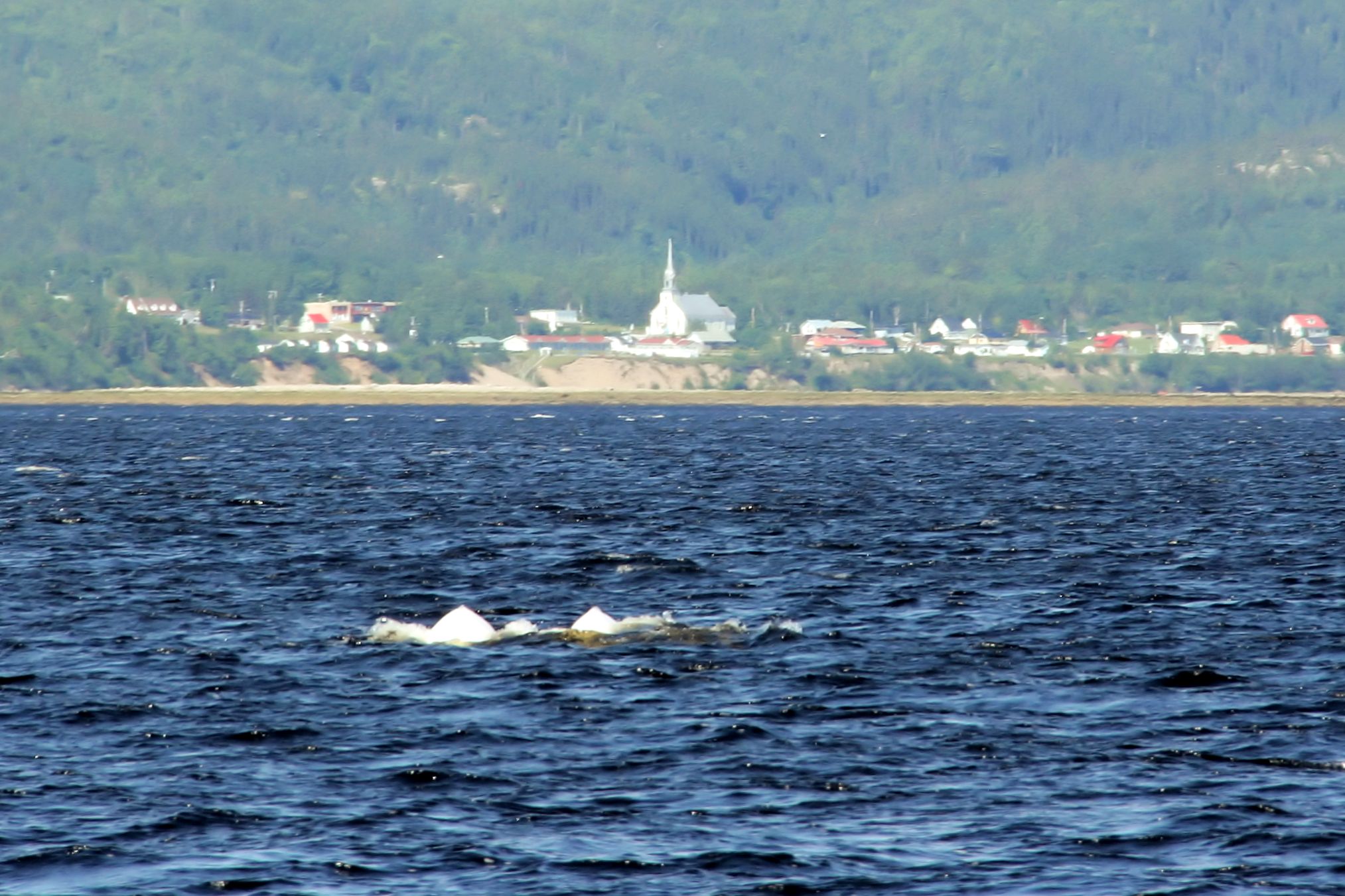

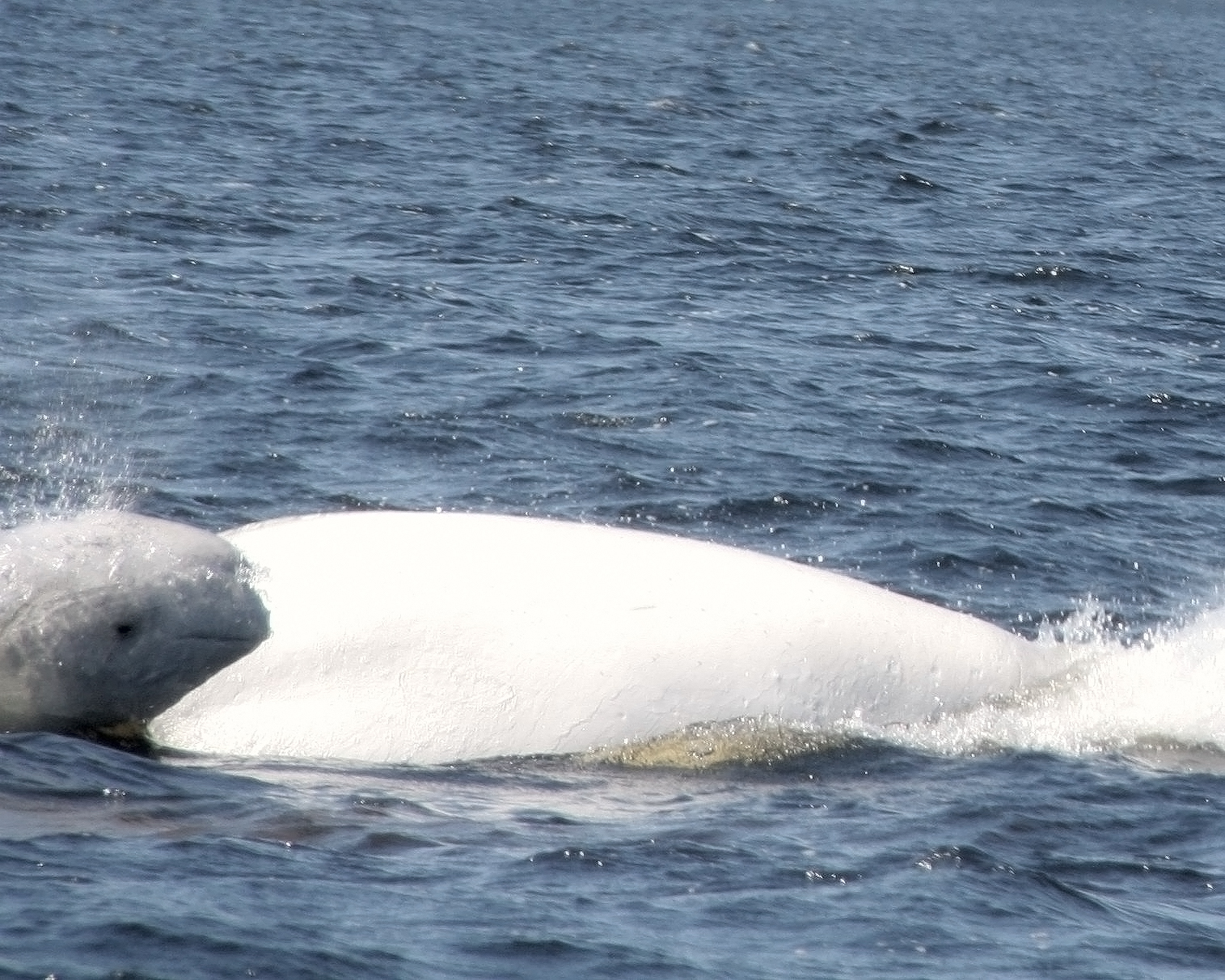


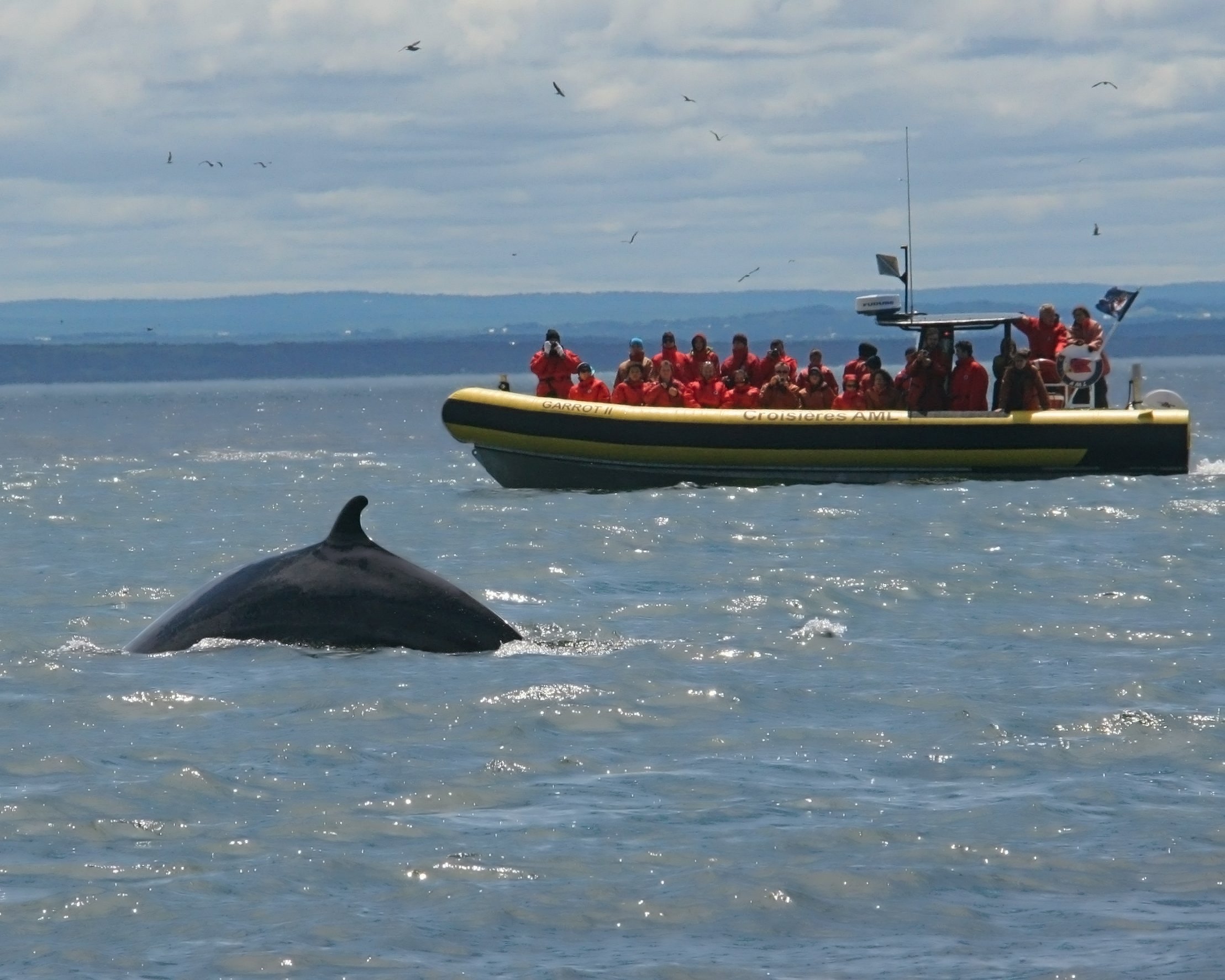
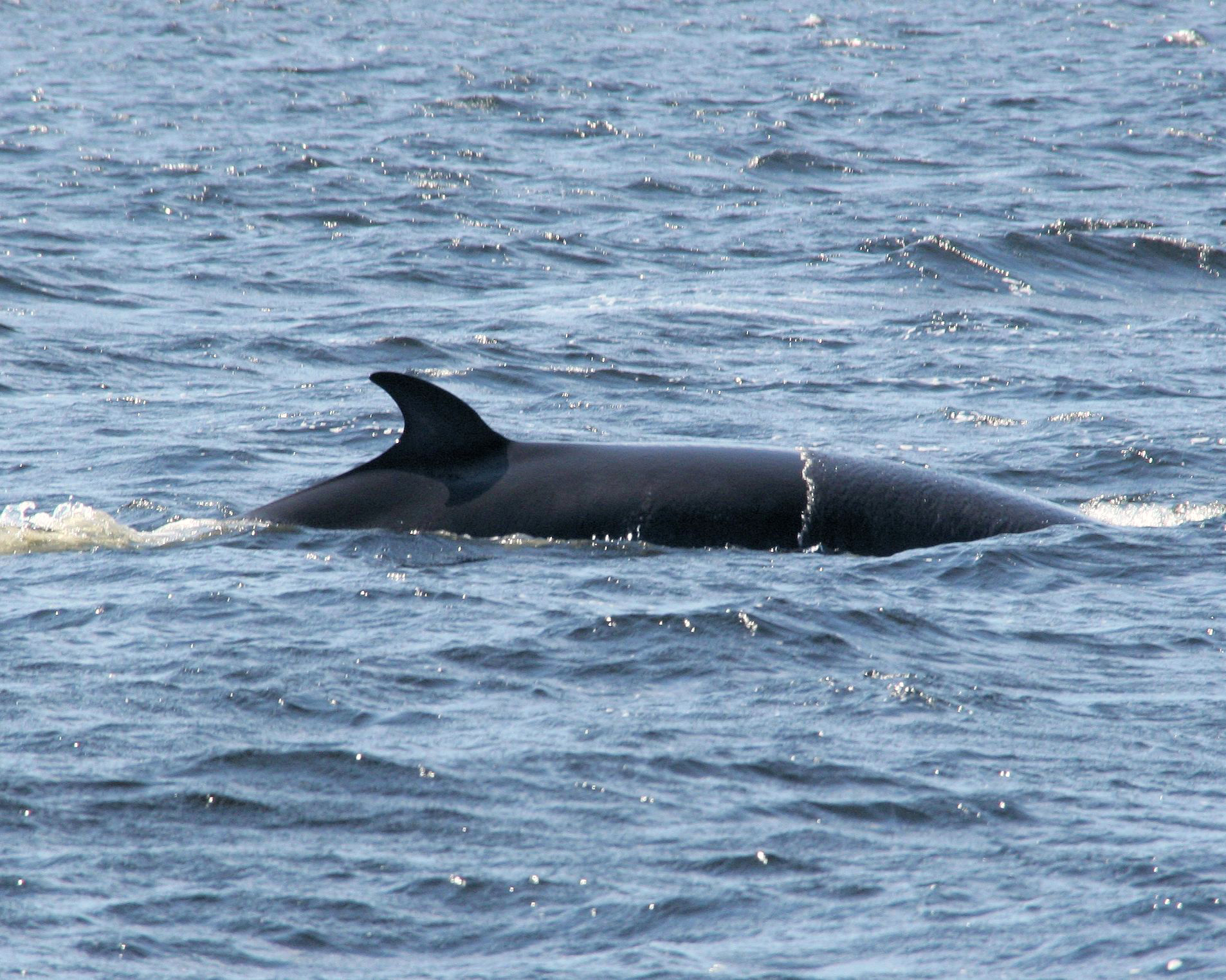

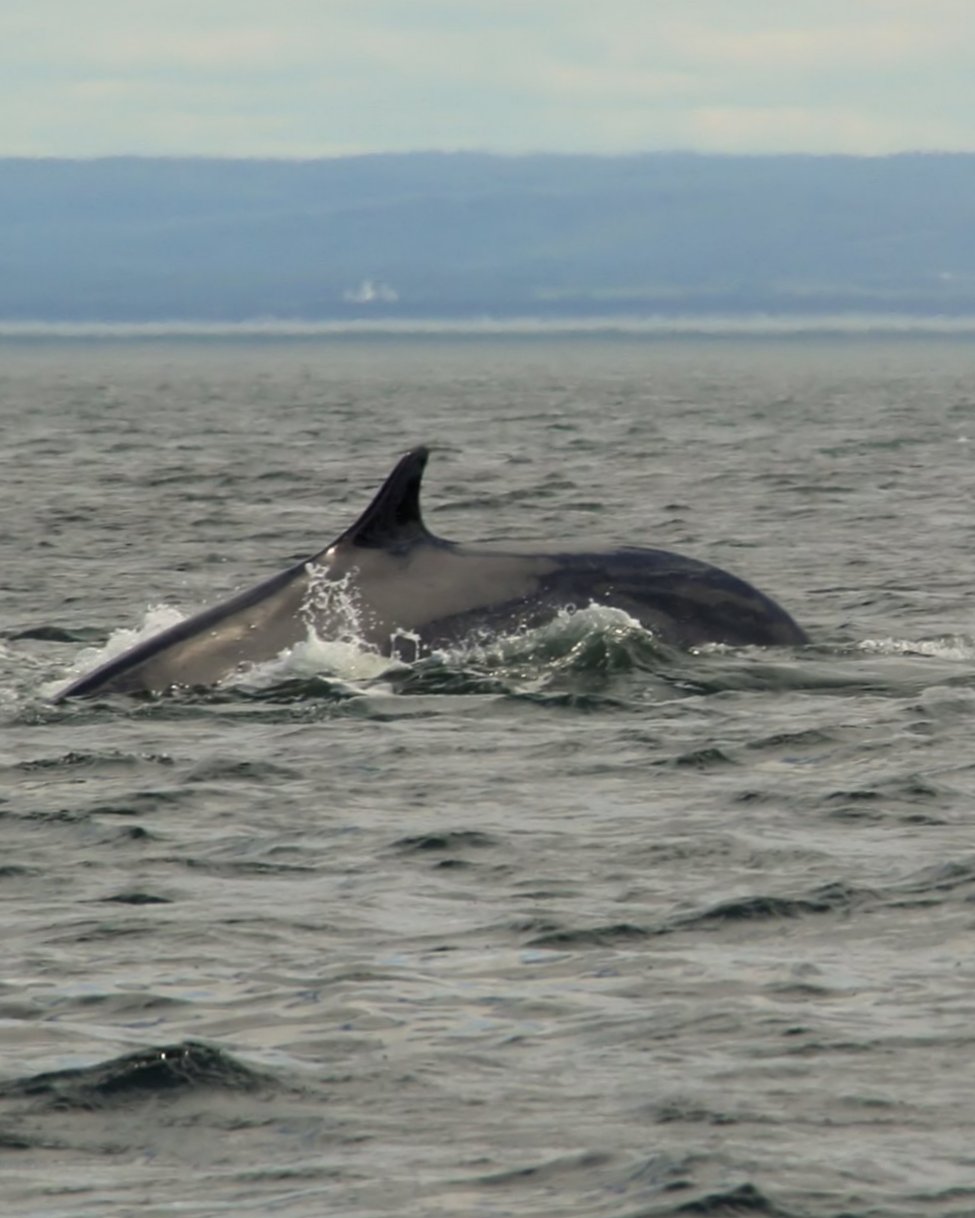
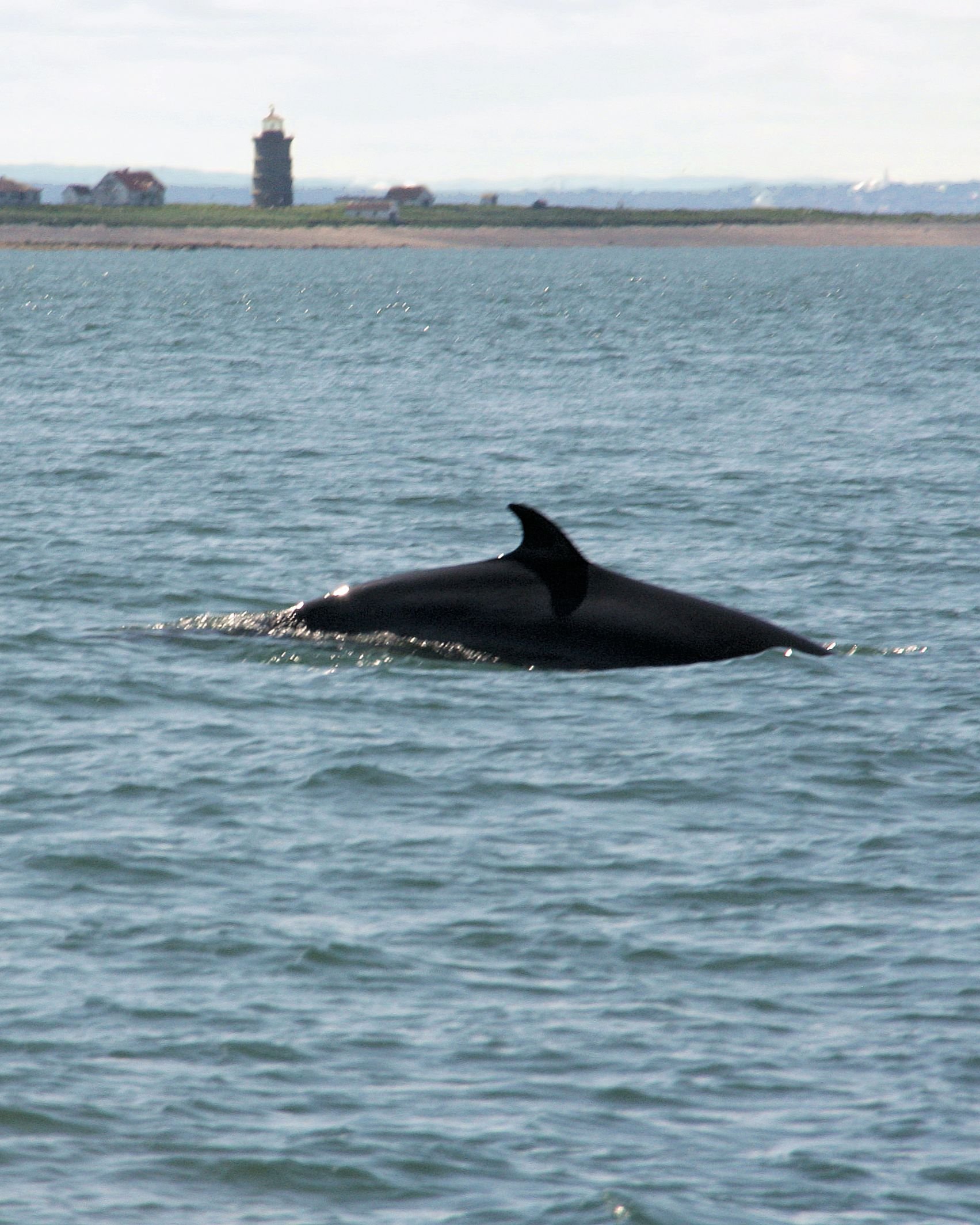
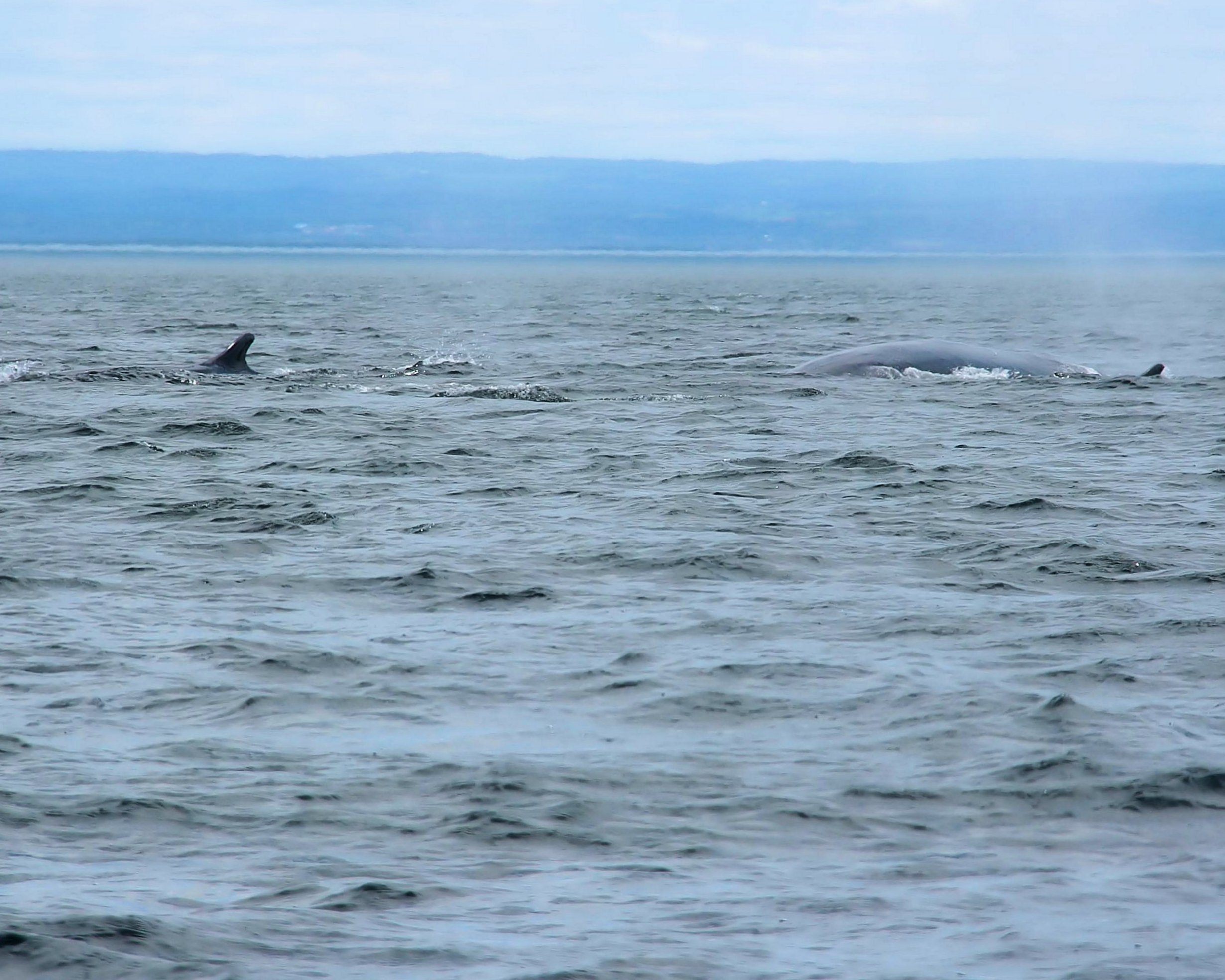
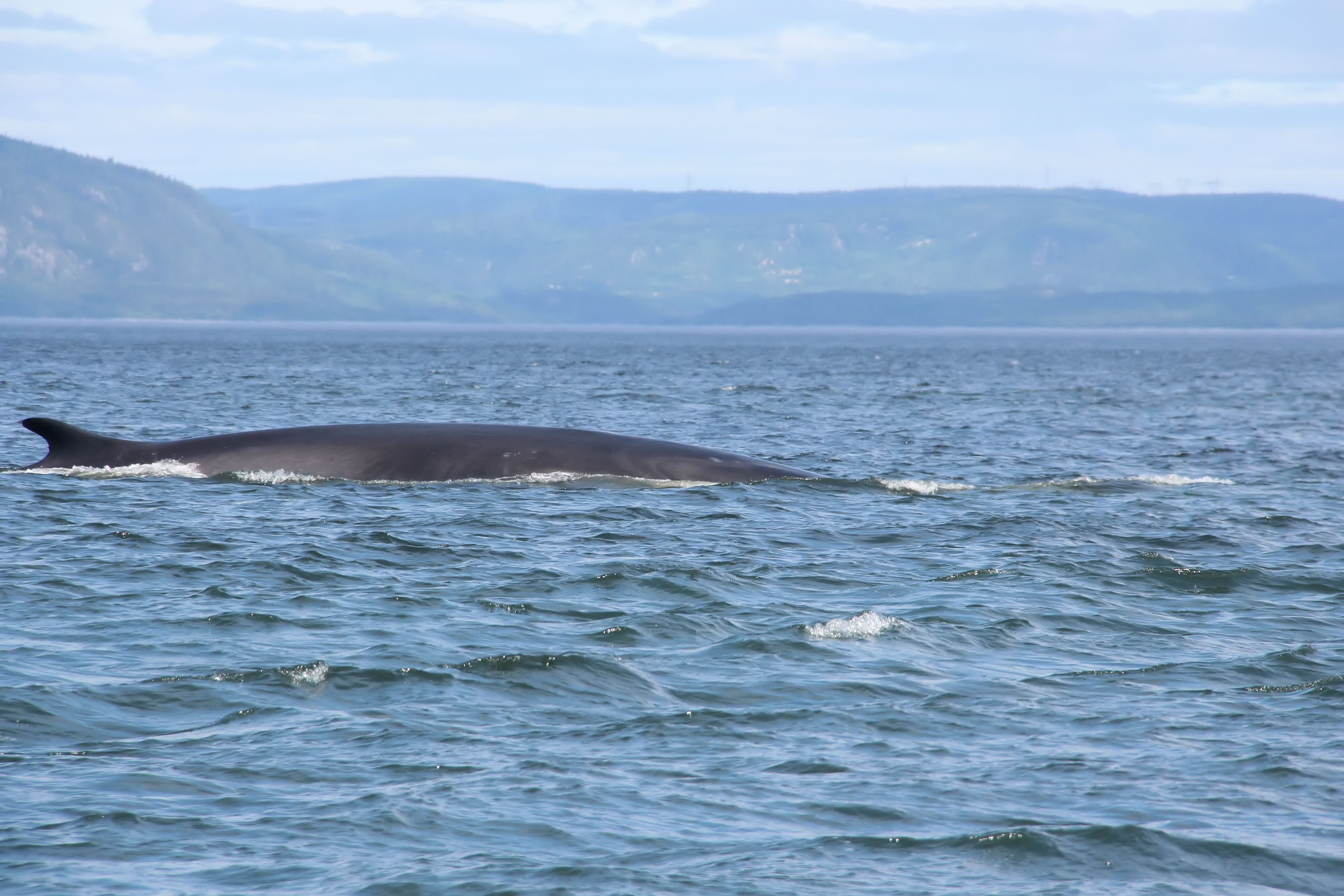
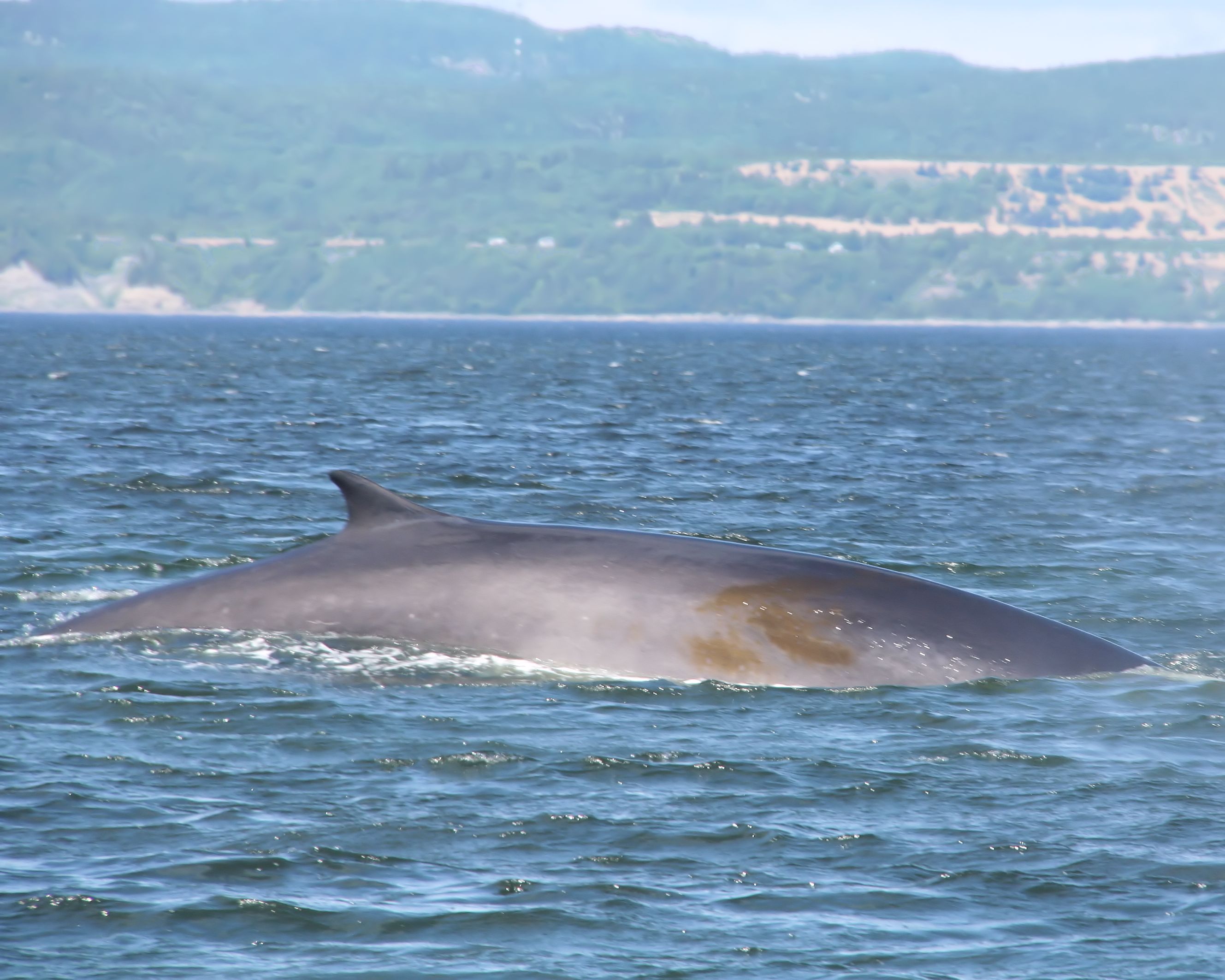

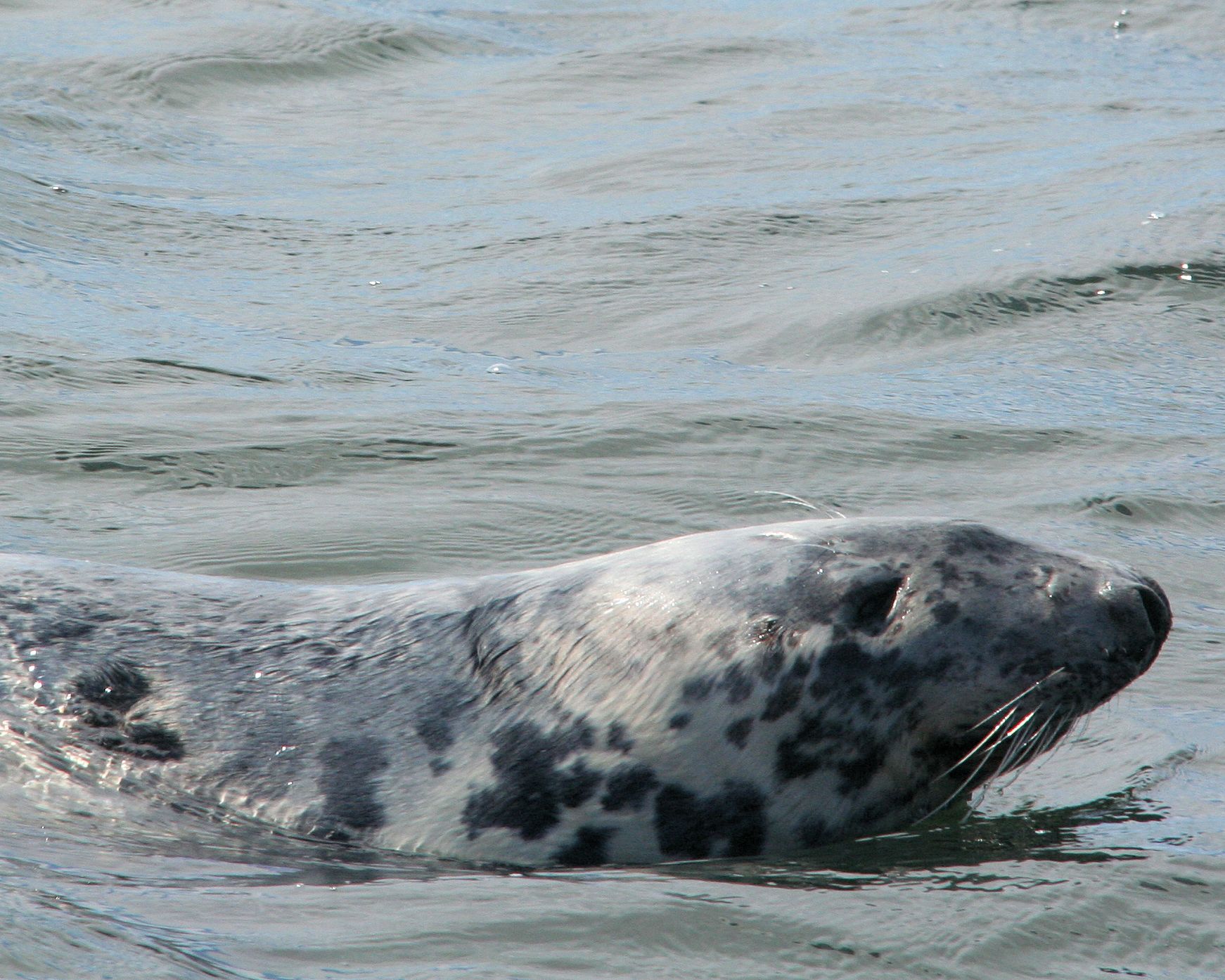
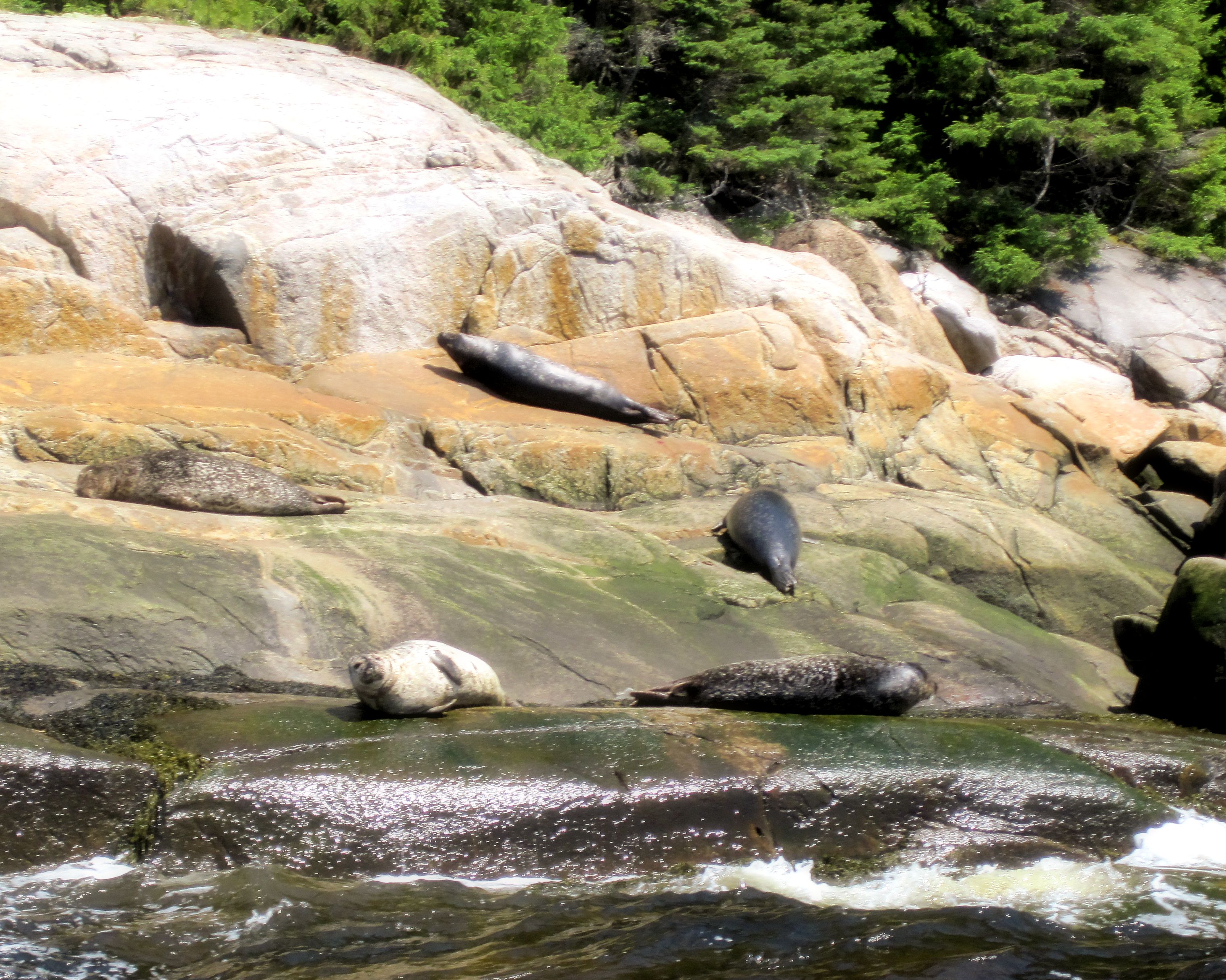

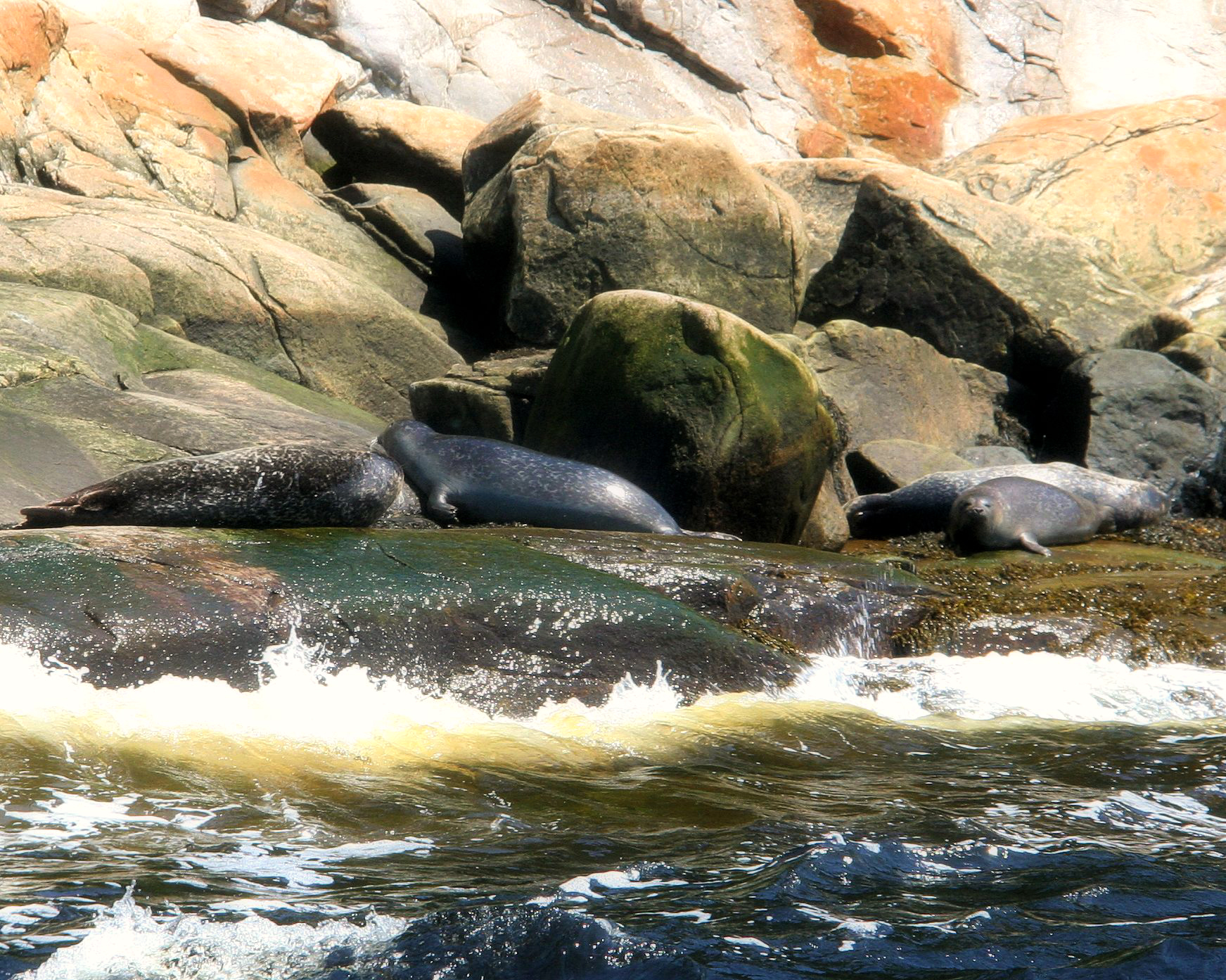


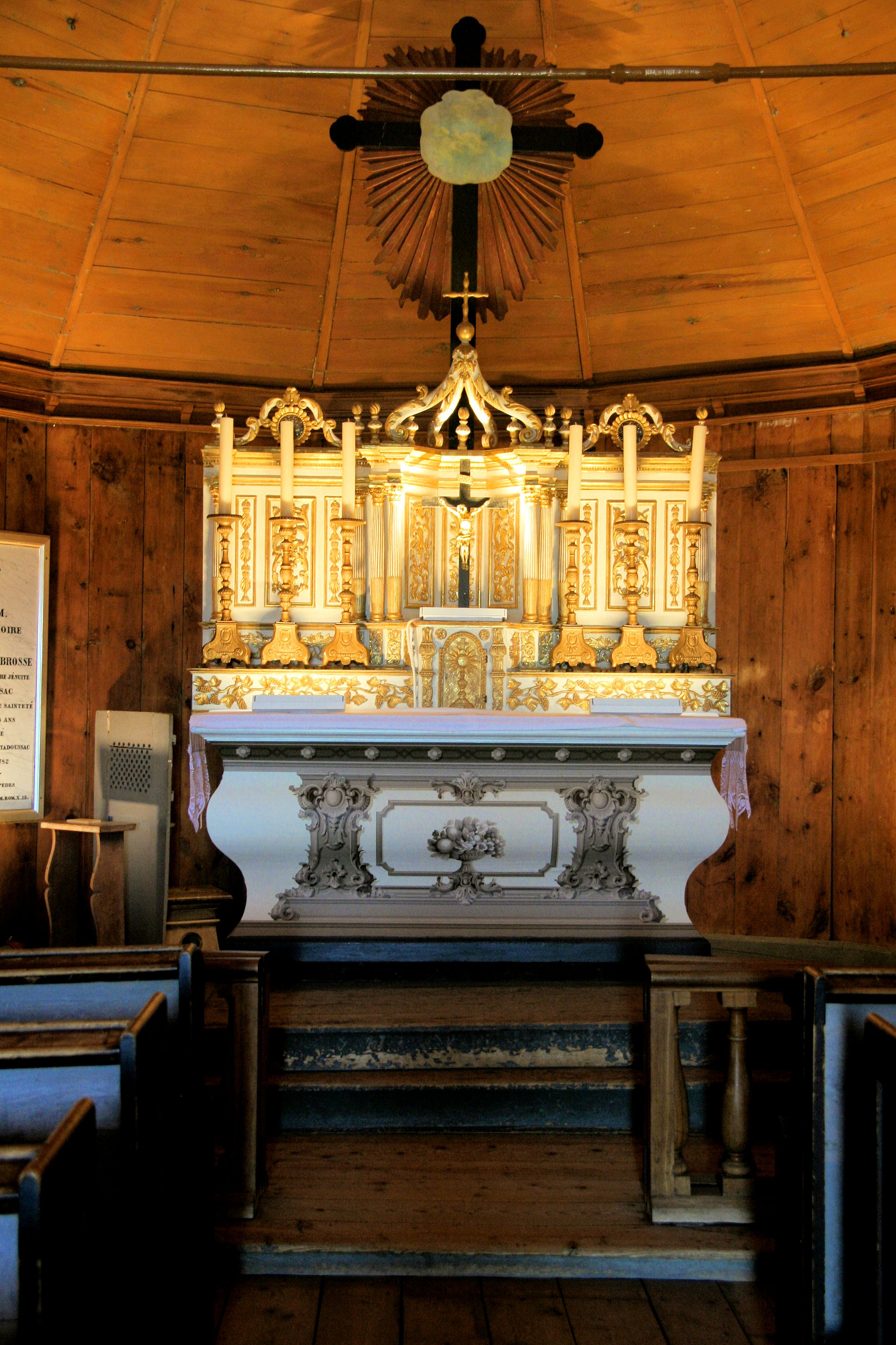

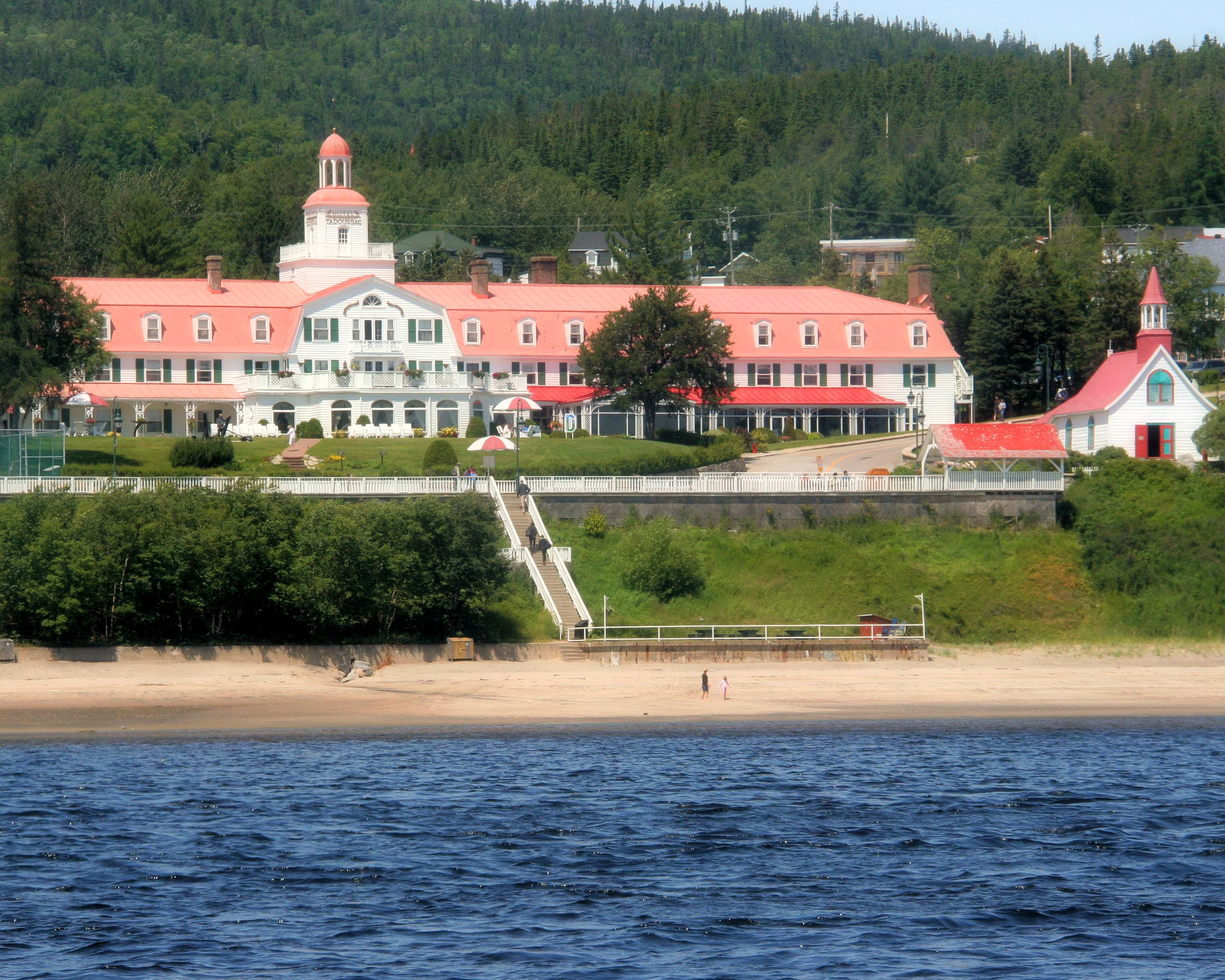


Fantastic article. Lots of great information here that I’ll be using to make my itinerary. I have a question for you. I will have a 33 feet RV with me. Where can I park it when I go on the Croisieres whale watching cruise? Anywhere nearby so I can walk to the cruise? Thank you
We also moved our 30 ft motorhome when we went into Tadoussac. As I recall we parked behind the tourism office. There is other parking around but at the tourism office it was free.